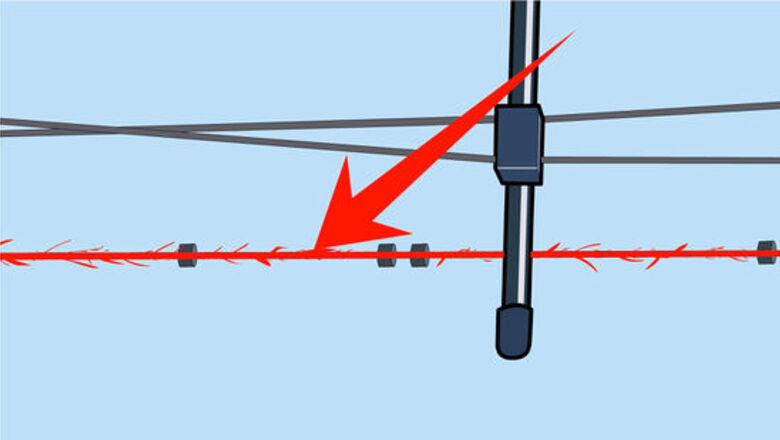
views
Using a Bow Press
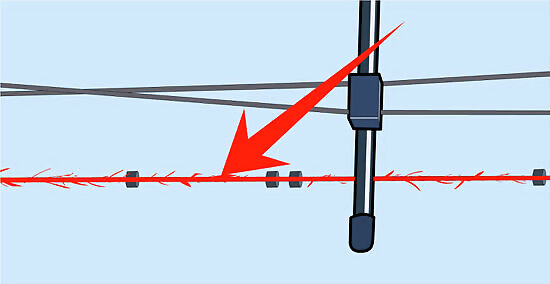
Check the old bow string for any irregularities. If the old string has serious faults, it could break during removal and cause serious injury. If the string is severely worn, consider bringing the bow to a professional for restringing.
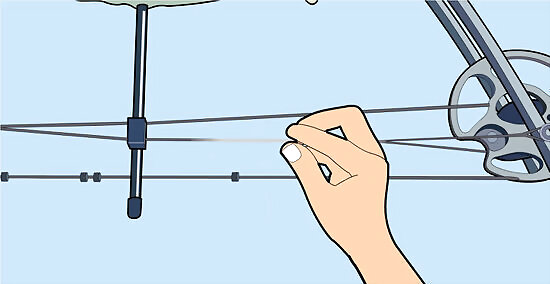
Select and wax a new bow string. Consult your bow's manufacturer or packaging information to find out whether the use of certain strings will void your warranty. Once you know which strings are safe, you can select from a variety of synthetic materials with different attributes, including Dacron, Vectran, and Dyneema. Even a slight glitch can make the restringing process dangerous and unsuccessful, so discard any string with bumps, cracks, or other irregularities. Rub bow wax over the string before continuing to make it easier to attach and use. Note: Be sure to purchase a bow string, not a bow cable. Bow cables are intended for operating pulleys and applying additional pressure to the bow limbs, not for shooting arrows.
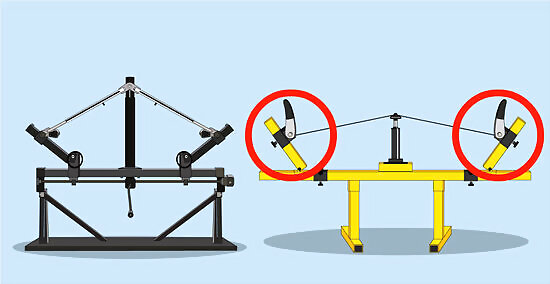
Choose a double pull compound bow press that is safe for your bow. Many compound bows cannot be safely strung without a specialized "bow press" to hold the bow in place and bend the limbs in the appropriate position. Consult a professional or your bow's manufacturer to confirm what size and type of bow press is safe for your bow, as they come in many different forms. Modern "double-pull" presses that pull the riser, or center portion of the bow, in two locations are much less likely to damage the bow than "single-pull" style presses. If your bow has past-parallel limbs, which have a more significant outward curve, you will need a specialized bow press.
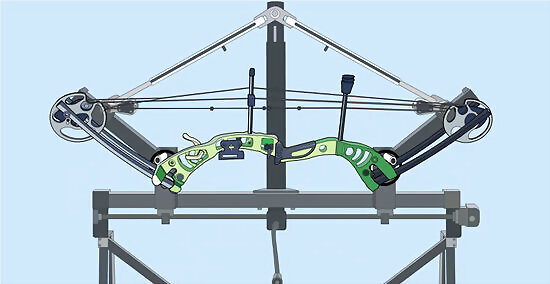
Place the bow into the bow press. If you are not familiar with a particular model of bow press, finding experienced supervision is highly recommended to avoid injury to yourself or the bow. Most bow presses require you to loosen the weight-adjustment bolts on each limb by five to seven turns first, but beyond that they can vary greatly. A bow press may have restraining arms that lock over the bow, bolts that tighten your bow's limbs in place, a series of locks over the limbs and handgrips, or some combination of the above. Note: Always loosen your compound bow by alternating limbs with each turn. If you loosen one limb by several turns before you have begun to loosen other limb, you risk breaking your bow or causing an accident due to the unequal pressure.
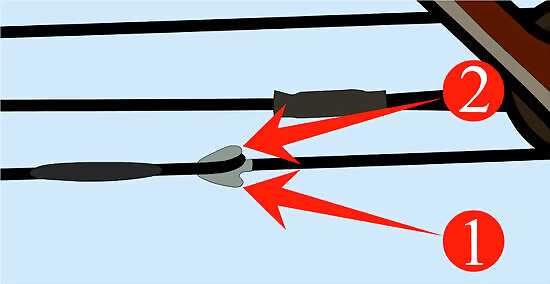
Determine whether to remove the old string first. Bows with a "teardrop' attachment point, which has two grooves for slipping on a string, should be stringed while the old string is in place. Bows without this attachment should have the old string removed before the new one is attached, unhooking the string from each cam or idle wheel at the end of each limb. Ask an experienced archer if you cannot identify a possible teardrop attachment.
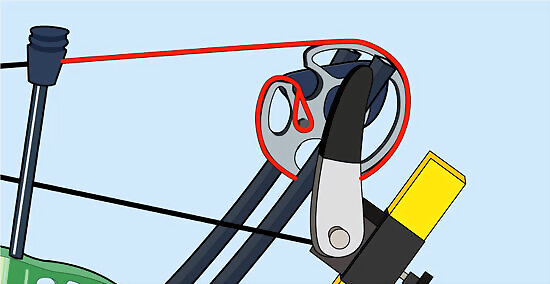
For non-teardrop systems, thread the new string starting with a cam. Attach the end loop to the appropriate post in the center of a cam. Loop the string under the cam and back over, slotting it into the groove. If your bow has two cams, perform the same action in reverse on the other cam. If it is a single-cam bow, loop the string around the idler wheel on the other limb, then back down to attach the other end to the cam. If your bow has a single cam with a post on either side, attach the first end loop to the post on the side of the bow with the sight window.
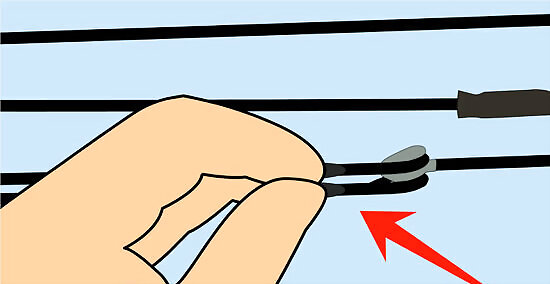
For teardrop systems, thread the new string's loops onto the empty grooves of the teardrop. Attach the first end loop of the new string over the empty groove on one side of the teardrop. Do the same with the end loop and teardrop near the other limb, making sure both loops remain firmly seated. You may now remove the old string from the other side of the teardrop.
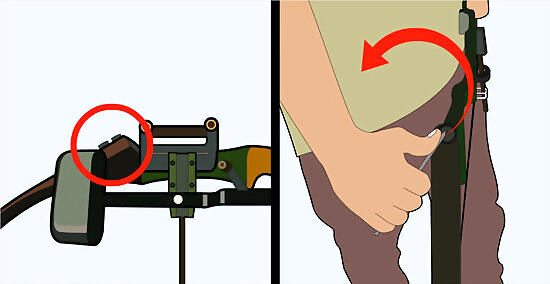
Re-tighten the bow and slowly remove it from the bow press. Tighten the bolts to their original setting, alternating by turning one and then the other. Slowly release the bow from the bow press, watching to make sure the string remains properly seated in the correct grooves. If there is any sign that the string is not correctly seated, stop, fasten the bow press again, and adjust the string.
Re-stringing a Teardrop Bow by Hand
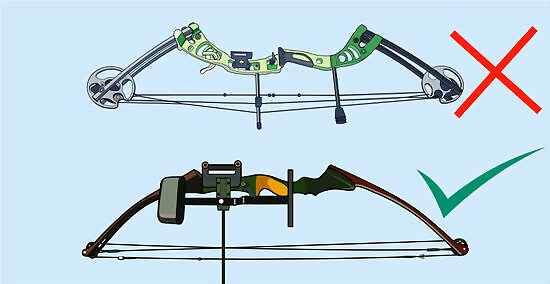
Identify whether your bow can be restrung by hand. The only compound bows that can be restrung by hand are older models with a "teardrop" shaped attachment for the string. These attachment points have two grooves in order to hold two strings at once, allowing you to use the old string to keep the bow in position while you attach the new one. Many of these can still be placed in a bow press for safer stringing. No compound bow can be safely strung by hand if there is not an old string present. No other type of compound bow should ever be strung without a bow press. Even if you have successfully managed it before, you risk releasing several hundred pounds of pressure and causing serious injury. If your teardrop bow has not been used in some time, take it to a professional archery shop rather than trying to string it yourself. Old, potentially damaged cables or strings could break and cause injury during restringing.
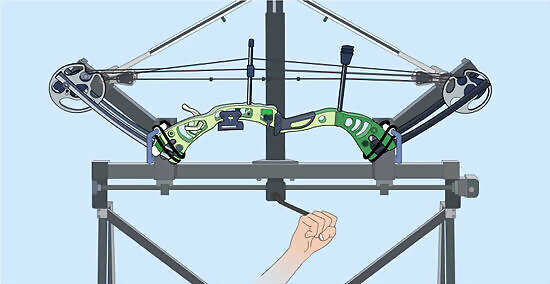
Loosen the limb bolts slightly. Turn the top bolt one turn counterclockwise to loosen that limb, then do the same for the opposite limb. Repeat an additional one or two times, alternating limbs, to make the limbs slightly looser.
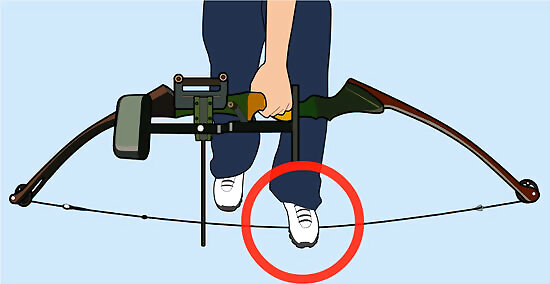
Step on the old string and lift the bow. Hold the bow in one hand and step on the old string. Lift the bow up to flex the limbs. Do not pull the bow back to its full draw length; you only need to flex the limbs close enough together to attach the new string.
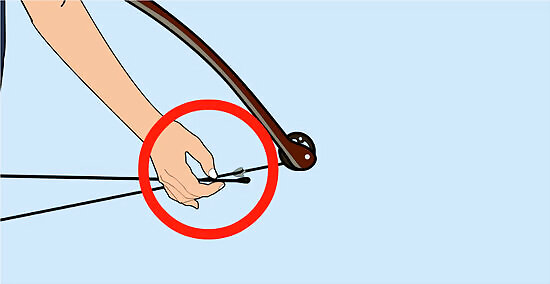
Slip on the new string over the unoccupied sides of the teardrops. The teardrop on each limb of the bow should have two grooves, one with the old string and one empty. Slip the end loops of your new string over the empty grooves. Make sure they are firmly attached and taut.
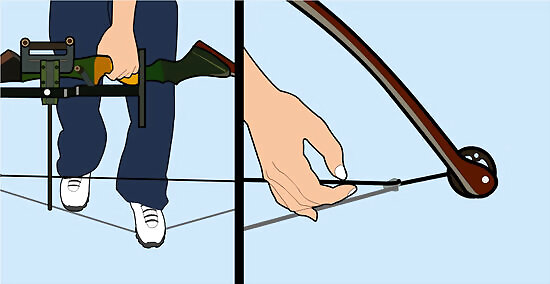
Lower the bow, then step on the new string to remove the old one. Lower the bow slowly to its normal position. Step on the new string this time, partially drawing the bow back up toward you as before. Unhook the old string from each teardrop.














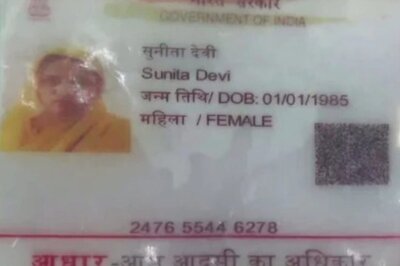





Comments
0 comment